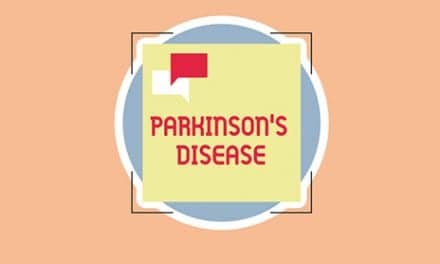Data from the PROspective study for SymPtomatic relief of Essential tremor with Cala Therapy (PROSPECT) was published in Tremor and Other Hyperkinetic Movements recently, according to Cala Health.
The study demonstrated that the company’s FDA cleared, neuromodulation therapy, Cala Trio, repeatedly used at home over 3 months resulted in safe and effective hand tremor reduction and improved quality-of-life for adults with essential tremor (ET).
The PROSPECT study enrolled 263 patients across 26 sites. Study patients used the therapy twice daily for 3 months collecting more than 21,000 stimulation sessions. According to the study results, 62% and 68% of “severe” or “moderate” patients improved their tremor amplitude to “mild” or “slight,” measured using the validated physician-rated scale (TETRAS) and validated patient-rated Bain & Findley Activities of Daily Living (BF-ADL), respectively.
Clinical and Patient Global Impression scores showed 68% of clinicians and 60% of patients reported improvement in the severity of their tremors. In Quality of Life in Essential Tremor (QUEST) surveys conducted after 3 months of use, patients indicated their quality of life improved (p=0.0019).
“ET is one of the most common movement disorders among adults. It can be physically and psychologically draining while reducing the quality of life for these patients. The PROSPECT study publication confirms that Cala Trio therapy is a safe and effective treatment option and, most importantly, shows the improved quality of life for these ET patients.
“These findings, consistent with those demonstrated in previous trials against sham, will be leveraged to support our reimbursement initiatives, leading to improved access for patients living with essential tremor.”
— Renee Ryan, Chief Executive Officer of Cala Health
[Source(s): Cala Health, Business Wire]
Related Content:
How MRI Scans Help Improve Treatment of Essential Tremor
Brain Ultrasound is a Possibility for Relieving Tremors, Study Suggests
Exercise Could Boost PD Patients’ Motor and Cognitive Function





